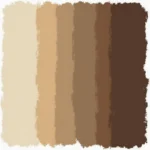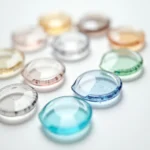Saturn, the sixth planet from the Sun, is known for its stunning ring system. But have you ever wondered what color this gas giant actually is? While Saturn may appear white or yellowish to the naked eye, it’s far from monochromatic.
Unveiling Saturn’s True Colors
Through the lens of powerful telescopes like Hubble and Cassini, Saturn reveals a palette of subtle yet fascinating hues. The planet’s atmosphere is predominantly composed of hydrogen and helium, giving it a pale yellow base color. However, the presence of trace elements and atmospheric phenomena contribute to a more complex color scheme.
Bands of Color and Atmospheric Dynamics
Similar to Jupiter, Saturn exhibits distinct bands of color that run parallel to its equator. These bands are caused by variations in temperature and altitude within the planet’s atmosphere. The lighter, yellowish-white bands represent higher-altitude clouds composed of ammonia ice crystals. The darker, orangish-brown bands indicate deeper cloud layers made up of ammonium hydrosulfide ice.
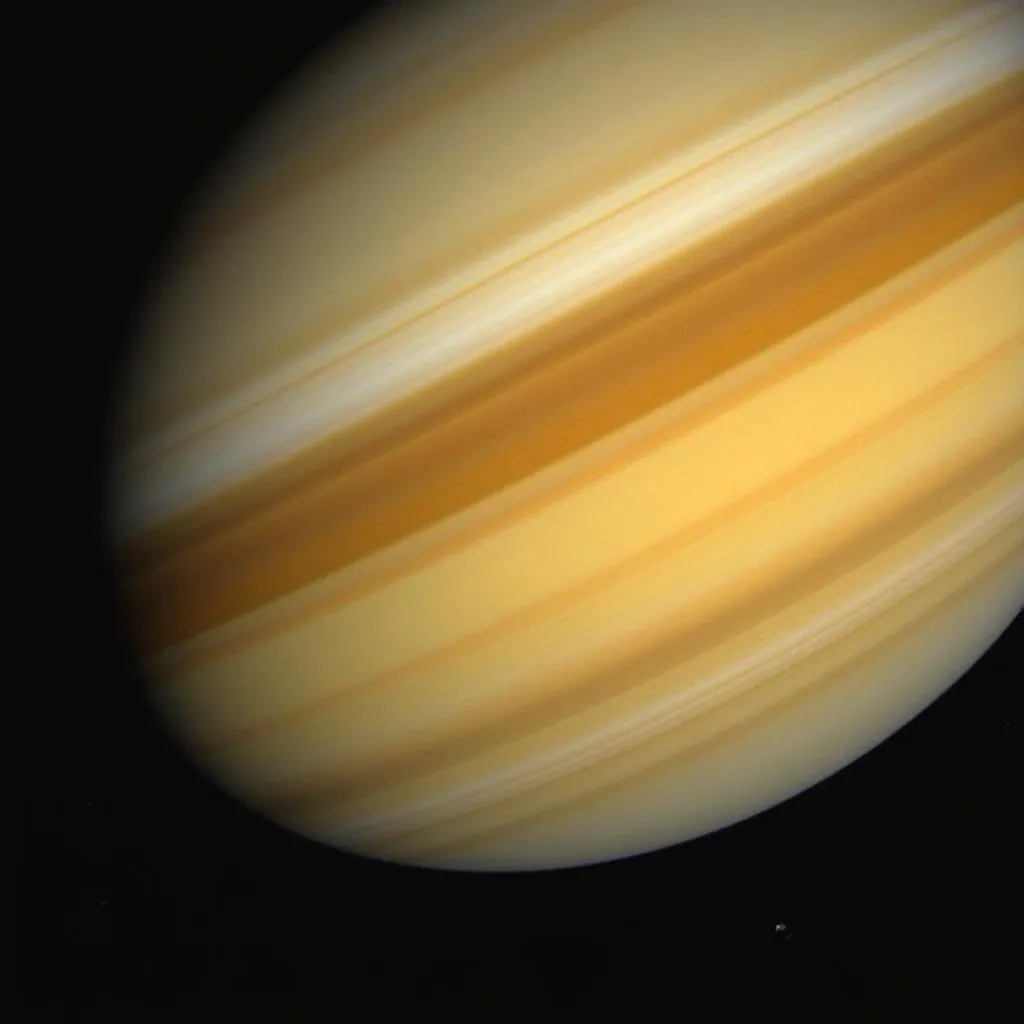 Saturn's banded atmosphere
Saturn's banded atmosphere
The Role of Sunlight and Scattering
The colors we perceive on Saturn are also influenced by the scattering of sunlight. When sunlight interacts with the planet’s atmosphere, different wavelengths of light are scattered to varying degrees. Shorter wavelengths like blue are scattered more effectively, which is why Saturn’s sky appears blue in images taken by the Cassini spacecraft. However, from a distance, the overall effect of sunlight scattering gives Saturn its pale yellow appearance.
Seasonal Changes and Color Variations
Interestingly, Saturn’s colors can change subtly over time due to seasonal variations. As the planet orbits the Sun, its axis of rotation is tilted at an angle. This tilt causes different hemispheres to receive varying amounts of sunlight throughout its 29.5-year orbit. These seasonal changes can affect the temperature and chemical composition of Saturn’s atmosphere, leading to slight variations in its color bands.
The Enigmatic Hexagon and Polar Vortex
Adding to Saturn’s visual intrigue are unique atmospheric features like the north polar hexagon and polar vortex. The hexagon, a persistent hexagonal-shaped jet stream, appears as a striking geometric pattern in Saturn’s northern hemisphere. This feature, along with the swirling polar vortex at its center, often exhibit distinct color variations compared to the surrounding atmosphere.
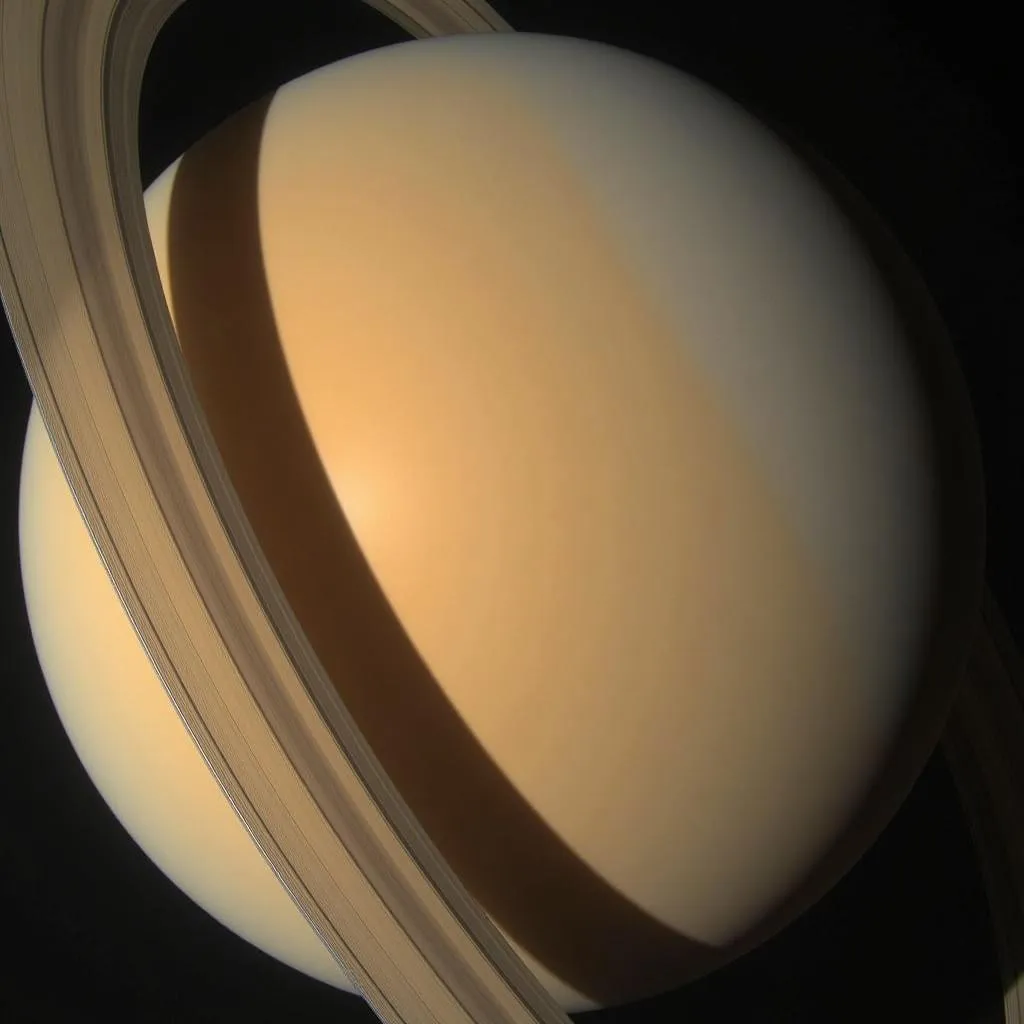 Saturn's north pole with hexagon
Saturn's north pole with hexagon
The Influence of Internal Heat
While sunlight plays a significant role in Saturn’s coloration, internal heat also contributes to its atmospheric dynamics and color variations. The gas giant radiates more heat than it receives from the Sun, indicating an internal heat source. This internal heat drives atmospheric circulation patterns and influences the chemical reactions that produce the colorful compounds in Saturn’s clouds.
Comparing Saturn’s Colors with Other Planets
When viewed alongside other planets in our solar system, Saturn’s pale yellow hue sets it apart. While Jupiter boasts vibrant orange and red tones due to the presence of phosphorus and sulfur compounds, Saturn’s colors are more subdued. The icy giants, Uranus and Neptune, appear blue due to the absorption of red light by methane in their atmospheres.
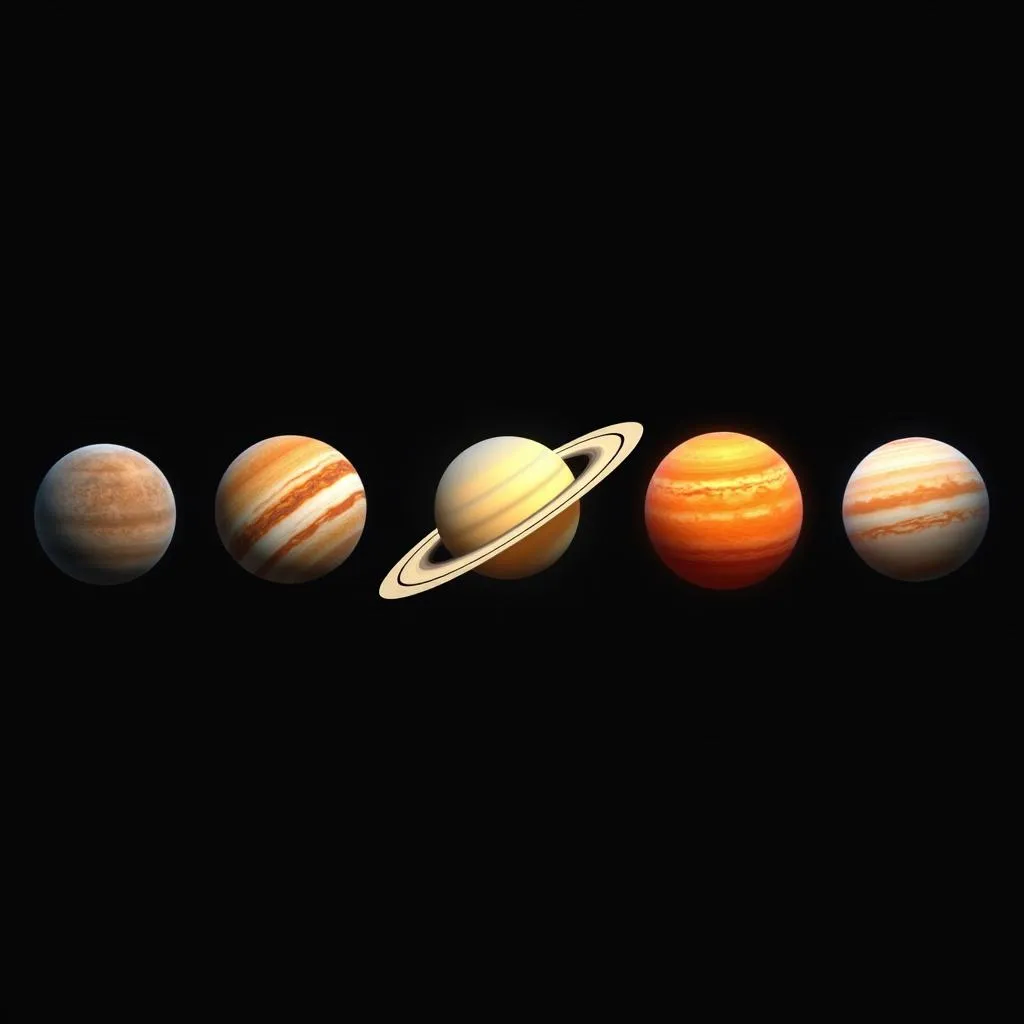 Solar system planets comparison
Solar system planets comparison
Conclusion
So, what is the color of Saturn? It’s a captivating blend of pale yellow, with subtle bands of orange, brown, and hints of blue. These colors arise from a complex interplay of atmospheric composition, sunlight scattering, internal heat, and dynamic atmospheric phenomena. As we continue to explore the wonders of our solar system, Saturn’s ever-changing palette serves as a reminder of the beauty and complexity hidden within these celestial giants.
Frequently Asked Questions
1. Why does Saturn appear yellow to the naked eye?
From a distance, the scattering of sunlight by Saturn’s atmosphere gives it an overall pale yellow appearance.
2. What causes the bands of color on Saturn?
The bands are a result of variations in temperature and altitude within Saturn’s atmosphere, leading to different cloud compositions and colors.
3. Does Saturn’s color change over time?
Yes, Saturn’s colors can undergo subtle changes due to seasonal variations in sunlight exposure.
4. How do Saturn’s colors compare to other planets?
Saturn’s pale yellow hues contrast with Jupiter’s vibrant orange and red tones and the blue hues of Uranus and Neptune.
5. What are the hexagon and polar vortex on Saturn?
The hexagon is a persistent jet stream, while the polar vortex is a swirling mass of gas, both located at Saturn’s north pole. They often exhibit distinct colors compared to the surrounding atmosphere.
Need More Information About Planets’ Colors?
Check out our comprehensive article about what color is the planets for a fascinating exploration of color in our solar system.
Contact Us
Have more questions about Saturn or color in space? Don’t hesitate to contact our team of experts!
Phone: 0373298888
Email: [email protected]
Address: 86 Cầu Giấy, Hà Nội
We are available 24/7 to assist you.
